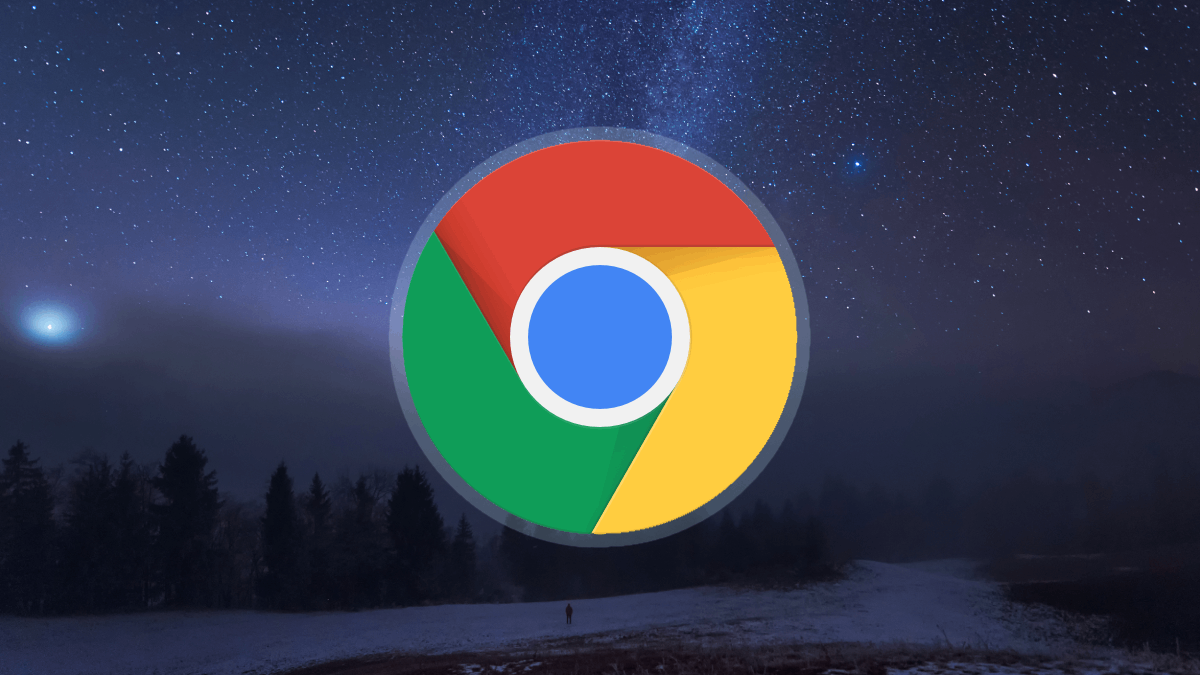iPhone 14 Pro gets 48MP camera (and here’s how it will work)
The new iPhone 14 Pro will most likely have a 48-megapixel camera. And the more pixels the sensor has, the better the camera – you might think. Yet it is not that simple. In this article we explain what you can expect from the 48 MP camera of the iPhone 14 Pro.
Read on after the ad.
iPhone 14 Pro 48 megapixels
According to the highly reliable Apple analyst Ming-Chi Kuo, the iPhone 14 Pro and iPhone 14 Pro Max will have a 48-megapixel camera lens. That is a lot more than today’s iPhones: they have to make do with a 12-megapixel camera.
The more megapixels a camera has, the more information is squeezed into a photo. The 48 megapixels therefore provide sharper and more detailed photos. But only if the lighting conditions are favorable.
A lens with more megapixels also has a disadvantage. The iPhone’s camera sensor remains the same size, making individual pixels smaller. Those tiny pixels capture less light, resulting in lower quality photos in low light
Pixel binning
To ensure that the iPhone 14 Pro camera still performs well in low light, the device uses pixel binning. This is a process in which several adjacent pixels on the sensor are combined into one large superpixel.
Several Android flagships are already using this technology, such as the Samsung Galaxy S21 Ultra. It has an image sensor with no less than 108 megapixels, but thanks to pixel binning also able to ‘just; take 12 megapixel photos. For example, the resolution is very high when the lighting conditions are good, but the ‘super pixels’ ensure that the photos are of high quality even in low light.
Smaller Files
Another advantage of pixel binning is that it makes the file size smaller. More megapixels means larger files, so 48 megapixel photos are about 10 to 16 MB in size. With an average photo of 12 megapixels, that is about 2 to 3 MB.
That is probably why Apple chooses to let the iPhone 14 Pro shoot photos with 12 megapixels as standard. This is more than enough for most iPhone users. However, an extra slider allows you to take photos with 48 megapixels – ideal for avid iPhone photographers.
Want to know more about what Apple plans to do with the iPhone 14 (Pro)? Check out our previous articles:



